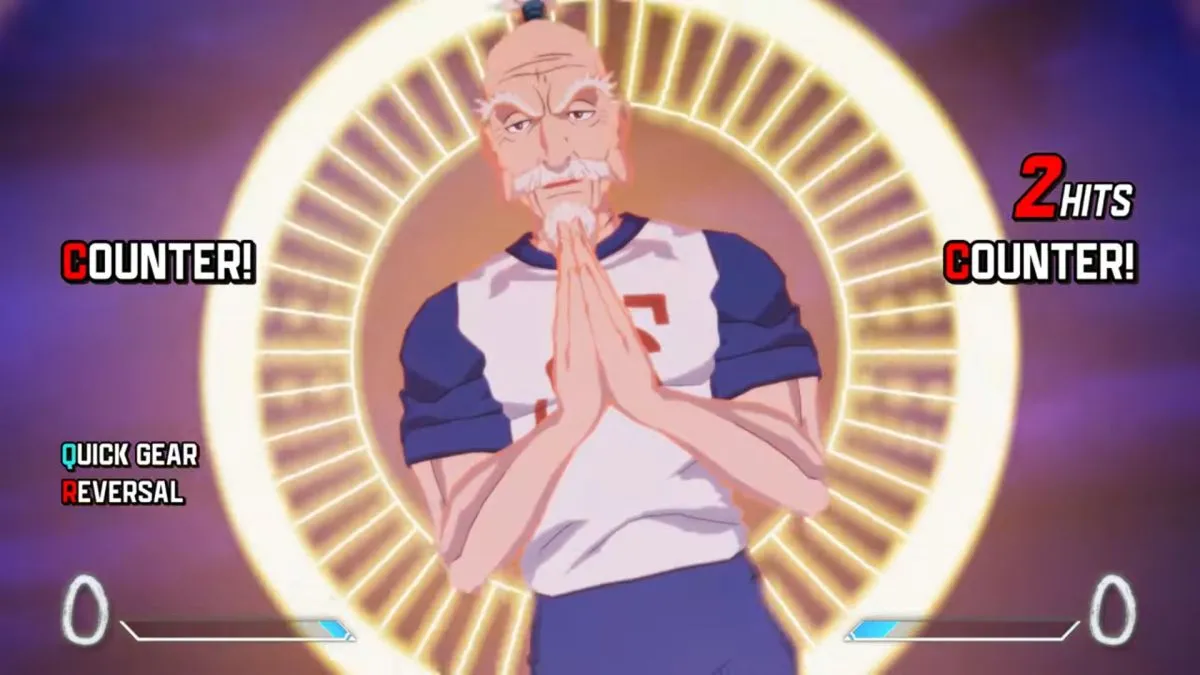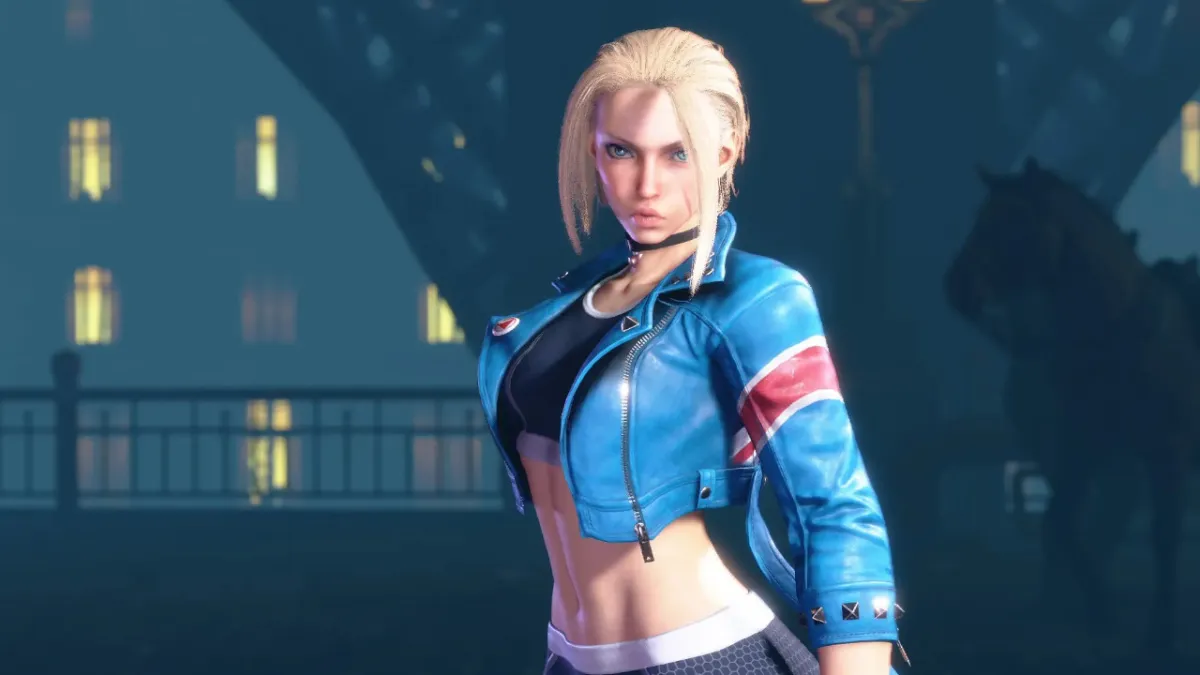When I first got word that Konami was working on a Castlevania fighting game for the Wii, I was pretty sure it was going to suck. Then, when I was lucky enough to play the game at E3 08, I was sure it was going to suck. Playing is believing, after all, and playing Castlevania Judgment was about as fun as toothache. The controls were ridiculously imprecise, the graphics were ugly, and the gameplay consisted of nothing more than pure waggle.
That’s right folks, I said pure waggle. If that doesn’t make you squirm in your seats, I don’t know what will.
So if the game is so bad, then why did I sign up for this review? Well, part of it has to do with the fact that the final build of the game is compatible with the GameCube or Classic Controllers, so it’s got to play better than it did at E3. But more than that, I bought Castlevania Judgment because I love Castlevania, and I know that the current producer of the series, IGA, loves Castlevania too. I just couldn’t believe that he would permit any game that carries the Castlevania name to completely suck.
Was I right in keeping my faith in IGA above, or does Castlevania Judgment bite the big one? Hit the jump for the answer.
Castlevania Judgment (Wii)
Developed by Konami
Published by Konami
Released on November 18, 2008 (US)
For those who missed the memo, Castlevania Judgment is a 3D fighting game that features an all-star cast of characters, musical tracks, enemies, weapons, and environments from a variety of past Castlevania games. Strangely, the only Castlevania time period not represented here is Soma Cruz’s “future-vania” era. Come to think of it, the game’s only representative from a portable-only Castlevania is Shanoa from Order of Ecclasia, which is weird considering the fact that the portable market has been the home of some of the most popular Castlevania games. So in the place of Soma and other portable favorites, we get the goofy-ass werewolf Cornell from the N64’s Castlevania: Legacy of Darkness and Eric from the oft-forgotten Castlevania: Bloodlines on the Genesis, as well as more familiar faces like Simon Belmont and Alucard. There is also one brand-spanking-new character, Aeon, who serves as the time-bending host of the game’s violent festivities.

It’s this time-bending deal that’s caused all these fighters from different eras to fight. It’s also why some of them look so goddamn weird. Castlevania Judgement‘s characters were redesigned by Death Note artist Takeshi Obata. At first, I hated most of these redesigns, but after I started playing the game, most of them really grew on me. It definitely helps that the game’s story explains why everybody looks so different. Maria, for instance, was just a pre-teen when she made her first appearance in Castlevania X: Rondo of Blood, but in Judgment she’s a few years older, so it makes sense that she may have gone a bit nuts with the girl-punk accessories. Grant Danasty from Castlevania III: Dracula’s Curse is another familiar face who’s gotten a radical makeover. He used to just be a pirate-looking weirdo, but now he’s a wrapped-head-to-toe-in-bandages-
Another thing that makes the game’s offbeat take on the Castlevania world work is the fact that it actually doesn’t look like garbage. I’ve played this game side-by-side with Soul Calibur II on the GameCube, and in my estimation, Castlevania Judgment only looks a little less detailed. Does that mean this game looks “good”? Well, that really depends on your standards. Sadly, we’re still at a point in Wii history where most third-party Wii titles look like first-year PS2 games, so by those standards, Castlevania Judgment looks freaking fantastic. If you have higher expectations of what a Wii game should look like (i.e., two GameCube games duct-taped together), don’t look to Judgment and expect to be impressed.

That’s just in terms of technicalities like polygon counts and texture map resolutions; when it comes to visual ideas, Castlevania Judgement blows Soul Calibur II out of the water. IGA had the entire history of Castlevania’s combat maneuvers to draw upon in the process of designing the fighting styles of Judgment, and it seems like he had a hell of a lot of fun in the process. Shanoa has both her dual wolf heads attack, her giant axe chop, and multiple other zany glyph attacks; Alucard has his sword summon, devil’s rush, and soul steal moves; and Dracula even has his patented “I’m just going to stand back here and cackle as I produce fireballs from my armpit” maneuver.
Yes, all the characters in Judgment really play like they did back in the games they originated from. For that reason alone, card-carrying members of the Castlevania fan club can’t completely ignore this one like they could some of the other less traditional 3D-vanias. That isn’t to say that Judgement is just for Castlevania diehards; it’s also perfect for Wii owners looking for a new “easy to learn, hard to master” fighting game, a genre which the console’s library is currently lacking.

Oops, I just remembered: IGA told me not to call Judgment a fighting game. He thinks it’s more of a “group action game” like Power Stone. I see his point, as like Power Stone, Judgment doesn’t require the player to learn any complicated controller motions or button combinations in order to play effectively. It doesn’t matter if you’re playing with the Wii Remote/Nunchuk control scheme or one of the more traditional options (GameCube or Classic controllers); this game is easy to jump into. IGA seemed aware of the fact that in this post-Street Fighter gaming climate, most people aren’t interested in being forced to learn tons of complicated button combinations and controller motions in order to start having fun with a new fighter. Just like in Castle Crashers, learning how to block, guard crush, throw projectiles, and pull off one-button combos will be enough to get you started in Judgment. Unlike Power Stone, Judgment has just as much depth as your average one-on-one fighting game. Projectiles, launchers, guard breaks, air juggles, custom combos, super moves, and cancels are all a big part of the game, and using them takes skill and strategy. The difference here is, you won’t need to practice for weeks in order to be able to do all that.
There’s also the standard fighting game “super meter,” which has two uses: it can be drained by some characters to temporarily change their fighting style (Dracula can use it to fly, Cornell can go into the Bloody Roar-style freak out), and it can be used by all characters to do a show-stopping “super finisher”, performed with the single press of a button. These “super finishers” are easily dodged or blocked, so despite being extremely powerful and easy to pull off, they are by no means game-breaking. That holds true for just about every move in Judgment; they are all easy to throw out, but it will take strategy and skill to get them to connect. The only attacks in the game that aren’t blockable are the guard crushes, but they’re risky to toss out randomly, as they have both huge startup and finishing times. Connect with one, though, and you not only damage your opponent, but kill some of their super meter as well.

So yeah, just because the game doesn’t make you work too hard to learn how to play doesn’t mean it’s easy. It will take most people a while to develop strategies and skills effective enough to beat the game on its hardest difficulty, and even more time to stand a chance against some of the tougher opponents currently playing online. Or if you’re a collect-a-holic (as many Castlevania fans are), you’ll be coming back to the game’s single-player mode just to find all the extra crap hidden in the game. There are tons of fashion accessories you can grab to help you personalize your chosen fighter, like roses and party hats. These flourishes are clearly a shameless attempt to copy the customizable costumes of the Soul Calibur series, but they still go a long way to add some humor to the sometimes overly serious fighter.
If collecting isn’t your thing, there’s always the game’s story mode, which is filled with tons of tongue-in-cheek Miserable-Little-Pile-of-Secrets-worthy dialog. It will take the average player about 6 hours to see the full story and the real last boss, which requires you to play through each character’s story once, and then one last time with any character you choose. It’s a little bit tedious to play through the same ten arenas and fight the same fourteen characters fourteen times just to see how the story ends, but overall it’s worth the trip, if not just for the awkward girl-talk.

Speaking of talking, this is just one of the areas where the game comes off a little unfinished. Though the vocal performances in the game’s cinemas are decent, the “acting” is pure Teddy Ruxpin. Sure, the characters’ mouths move when they talk, but their bodies remain perfectly still, as if they are too nervous to even blink while “on stage.” It really looks like IGA just plain ran out of money before he could get to creating the in-cinema character animations. Also lacking is the game’s “castle mode,” which basically consists of a series of beat-’em-up-style battles against Zombies, Mermen, Minotaurs and Iron Gladiators, with the occasional battle against another playable character in a mock “boss fight”. It’s nice that IGA attempted to include enemies and gameplay structures that pay tribute to “real” Castlevania titles, but compared to even the first game in the series, this mode is short, anemic, and repetitive.
Another problem with Castlevania Judgment is the camera. It doesn’t happen on every stage, but there are a few (like the Great Hall) where the camera can potentially break, leaving one character out of the picture. It’s easy enough to just avoid using that stage in VS matches, but still, how could IGA have overlooked a problem so game-breaking? Lack of funds? Carelessness? My guess is the former, but regardless of the cause, it’s just not excusable.

But enough nit-picking about cameras and crappy acting, let’s talk about one of Castlevania Judgment‘s biggest draws: its online component. Konami has outdone Nintendo on this front by giving Castlevania Judgment online options superior to those of Super Smash Bros. Brawl (which wasn’t hard, considering how limited Brawl‘s online components are). Castlevania Judgment is the first fighting game on the Wii that I’ve played that allows you to save the name and ID of a stranger that you’ve met in a random battle. It’s a tiny feature that owners of other online consoles already take for granted, but for a Wii game, it’s kind of a big deal. All the battles I engaged in were lag-free, and involved me getting my butt kicked. People have already gotten really good at this game, proving my previous point that just because Castlevania Judgment is easy to control doesn’t mean its not deep.

In the final analysis, Castlevania Judgment is a lot better than it should be given its brief time in development and small budget, but still not half as good as it could have been. Thanks to the injection of some good ideas and heaping piles of love for the series, Judgment does justice to the Castlevania name, though just barely. If you hate most fighting games because you’re too busy (or lazy) to learn all those complicated “special moves,” you should definitely give Judgment a try. Likewise, if you need your fighting games to take years of physical practice to play, then Judgment will make you frown so hard your chin might get cut off. But if you can get into an easy-to-control, over-the-top fighter featuring classic Castlevania music and characters, definitely play this game at some point before you die (even if it’s only to hear Golem’s now infamous “DO NOT WANT” win quote).
Score: 6.5 — Alright (6s may be slightly above average or simply inoffensive. Fans of the genre should enjoy them a bit, but a fair few will be left unfulfilled.)




